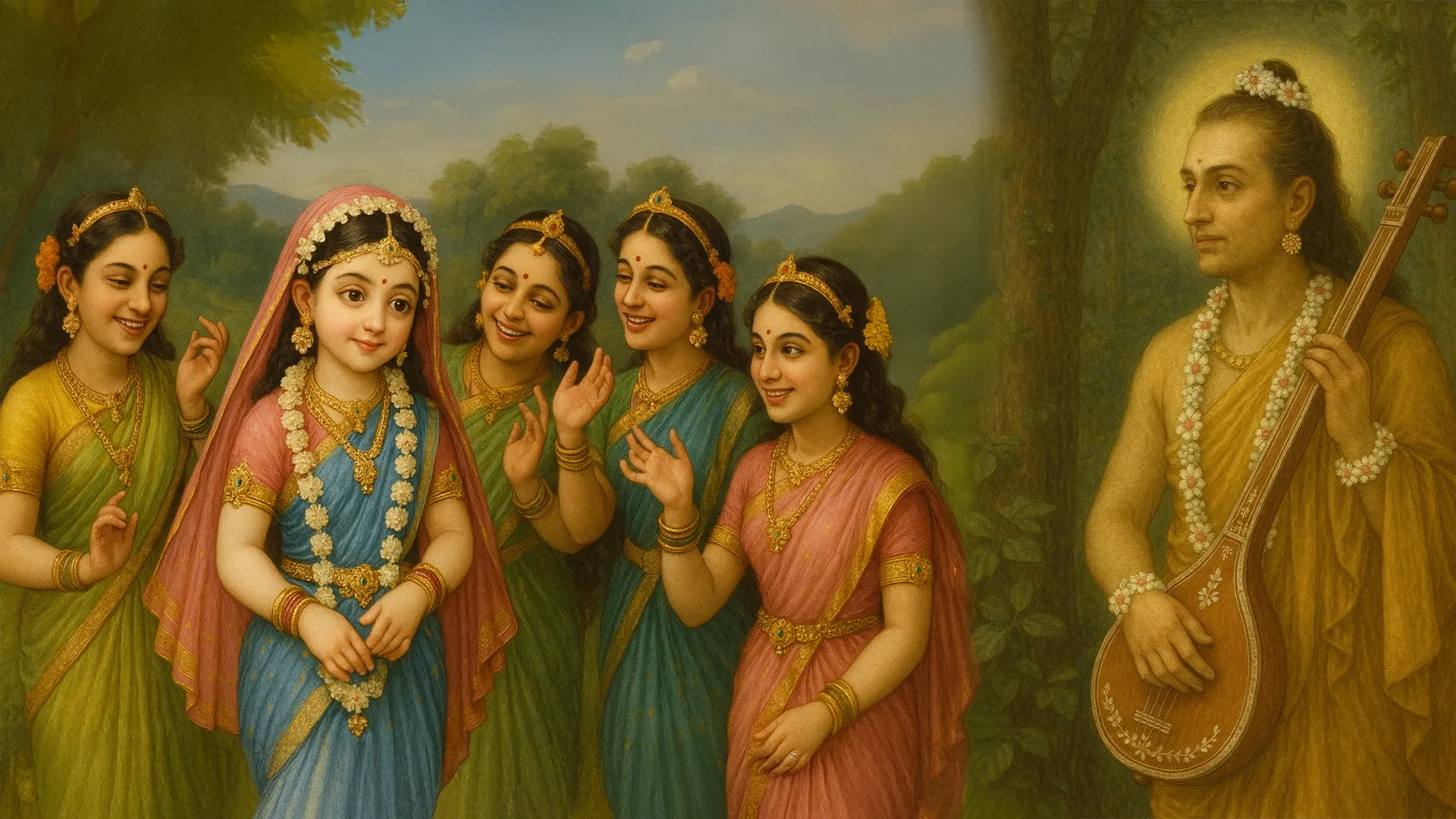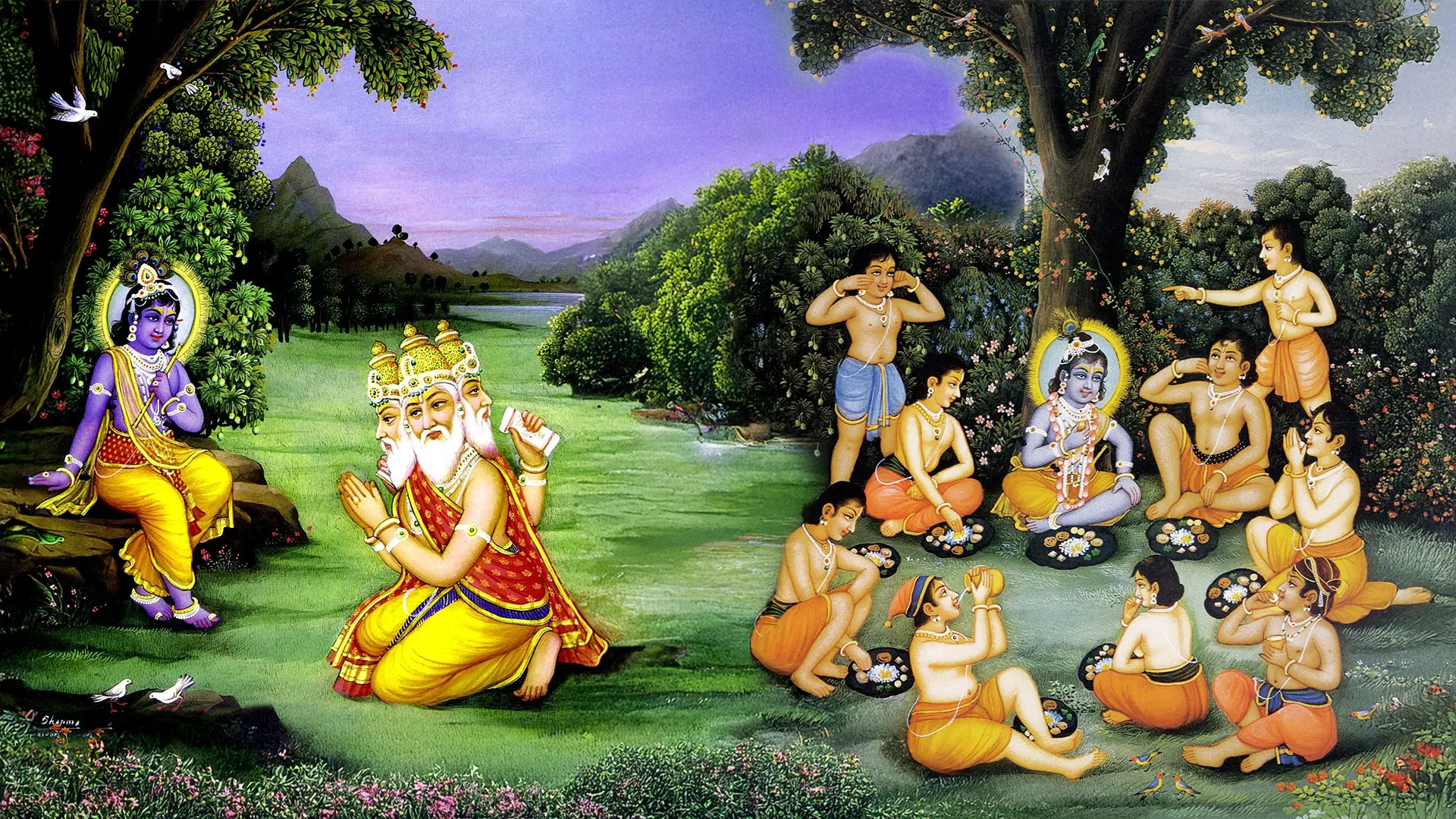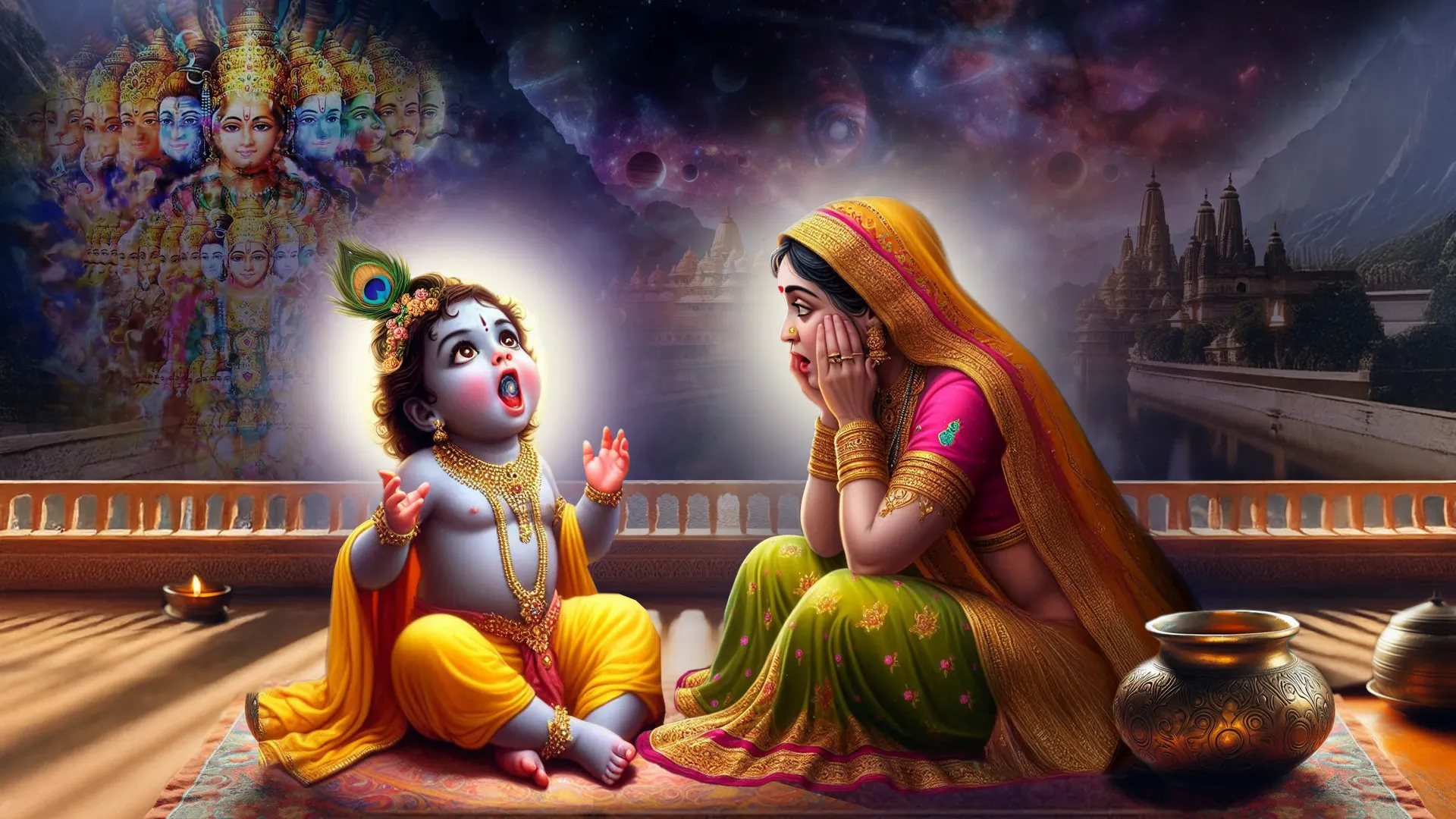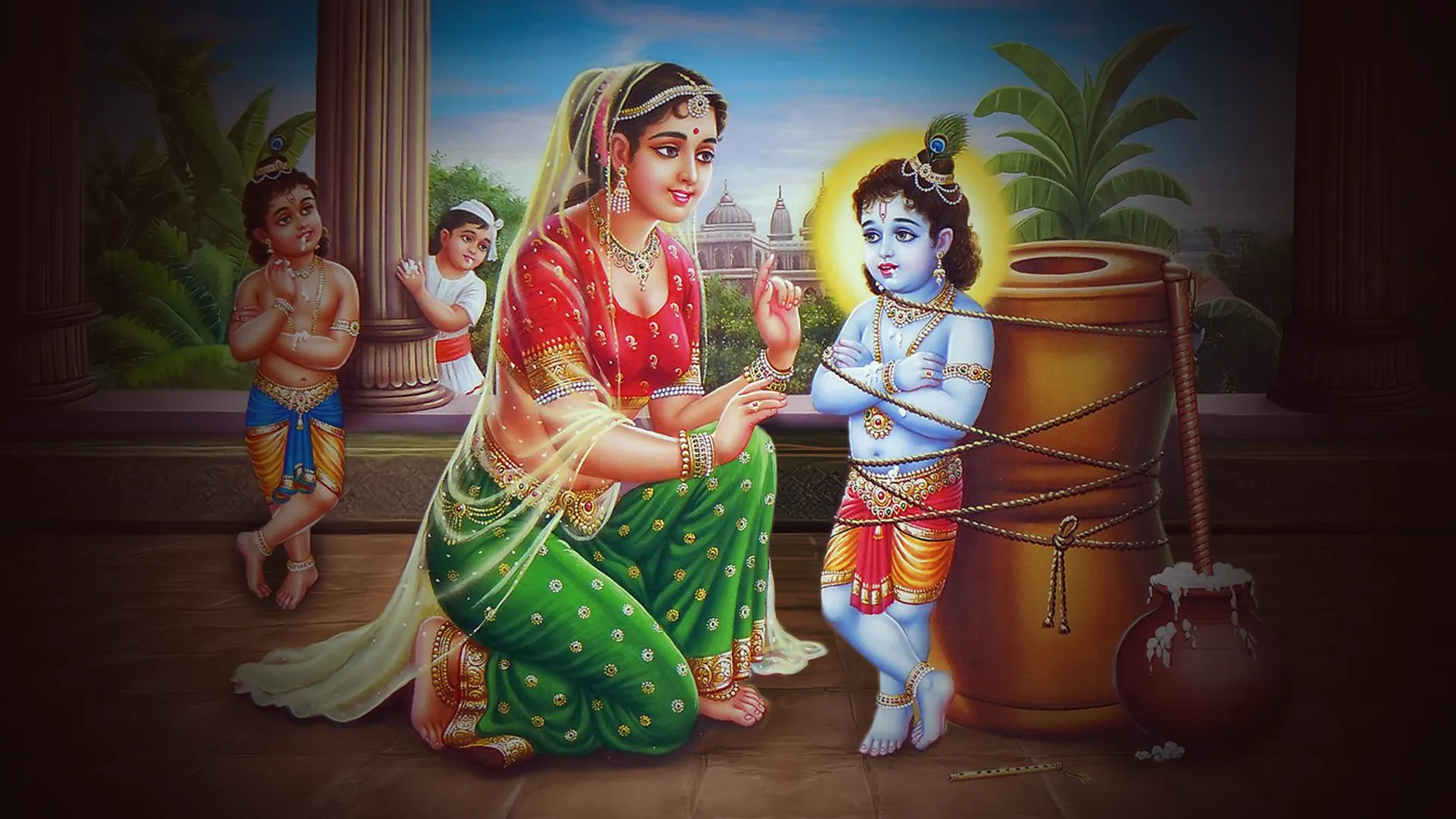On the auspicious first day of Navarātri, devotees worship Maa Shailaputrī (शैलपुत्री), the Daughter (Putri/पुत्री) of Himalaya (Shaila/शैल). Among the Nava Durgās, or the nine goddesses, Maa Shailaputri holds great significance and is worshipped for her divine virtues.
Mother Shailputri is depicted as having a serene and simple appearance, holding a trident in one hand and a lotus in the other while riding atop a bull named Nandi. She is the protector of wildlife and is revered by those who seek refuge in the Himalayan mountains for yoga, meditation, penance, and rituals. She is believed to assist in activating the Mooladhar Chakra of the seeker. Her favourite colour is white, so offer her white vastra (cloth), white flowers and bhog (food) that are white in colour.
Celebrating Navaratri: Rituals and Worship of Mother Shailaputri
Begin Navaratri rituals by rising at Brahmamuhurta, a sacred time before dawn. After bathing, don clean attire and purify your puja chowki, a low square seat of wood or stone, using pure Ganga water. Then, reverently install the idol or image of Maa Durga.
Next, perform the Kalash Sthapana, the ceremonial act of placing a sacred pot filled with water adorned with leaves, flowers, and other auspicious symbols. The Kalash represents Lord Ganesha and signifies the commencement of any ritual or auspicious endeavour.
With the Kalash in place, engage in meditation, focusing on the divine form of Mother Shailputri, and take a solemn vow to observe a fast. Mother Shailputri's worship should be conducted per the Shodashopachara, a 16-step puja method that includes invoking the essence of holy rivers, sacred pilgrimage sites, and directions.
Afterwards, offer kumkum and akshat to the divine mother and present white or yellow flowers as tokens of devotion. Illuminate the space with the fragrance of dhoop and the glow of five ghee lamps placed before the goddess. Conclude this part of the ritual by performing the Maa Aarti and narrating the story of Maa Shailputri, reciting the Durga Chalisa, Durga Stuti, or Durga Saptashati, as per your tradition.
The puja culminates with the offering of bhog, a sacred meal, to Maa Durga. To conclude your day, perform another Maa Aarti in the evening and engage in meditative contemplation.
Sati's Sacrifice: Defying Her Father Daksha for Divine Love
Based on the Puranas, Daksha Prajapati and his wife Prasuti had 24 daughters, although the number varies in different Puranas. The most renowned daughter among them is Sati, who was married to Shiva and is considered one of the aspects of Goddess Shakti. All 24 daughters are married to various deities. However, Daksha was not pleased with Sati's choice of husband as he believed that Shiva, being an ascetic, was unsuitable for his noble-born daughter. Despite Daksha's objections, Sati married Shiva and moved to Kailash Parvat.
Sometime later, Daksha arranged a grand yajña, extending invitations to numerous rishis and devatas, intentionally omitting Sati and Shiva from the guest list. When this news reached Sati, it naturally filled her with sorrow, and she yearned to participate in the event. She approached her husband, Shiva, requesting his permission to attend. Initially, Shiva hesitated, pointing out that they had not received an invitation. Despite this, Sati persisted in her plea, and eventually, Shiva relented, granting her permission to go.
However, when Sati arrived at the yagna, everyone, including her sisters and father, shunned her. The sole exception was her mother, Prasuti, who warmly welcomed and embraced her.
Sati's Immolation and Shiva's Wrath
Sati was heartbroken by the cold behaviour of Daksha. But he didn't stop at that. Daksha insulted Lord Shiva in front of all the guests, which was too much for Sati to bear. She believed that her body was no longer worthy of Lord Shiva since it had tolerated the insults of a Shiva hater. She decided to immolate herself in the sacred sacrificial fire of the yajna, with extreme grief.
Upon hearing the news of Sati's self-immolation, Lord Shiva was filled with rage and summoned Veerbhadra to destroy Daksha's yagna. Veerbhadra obeyed Shiva's orders and beheaded Daksha, throwing his head into the fire. After destroying Daksha and his yagna, Lord Shiva carried the burnt body of Sati and wandered around. During this time, different parts of Sati's body fell in various parts of India, which became known as Shaktipeetha. There are a total of 52 Shaktipeethas.
After Lord Vishnu's intervention, Daksha was revived with a ram's head attached to his body, and the yagna was completed. However, Sati's story didn't end there. She was reborn as the daughter of Himavān and Maināvatī and became famous as Pārvati and married Lord Shiva again in this birth. Like Lord Shiva, Parvati also has innumerable names, including Shailputrī, and the first day of Navaratri is dedicated to her.








